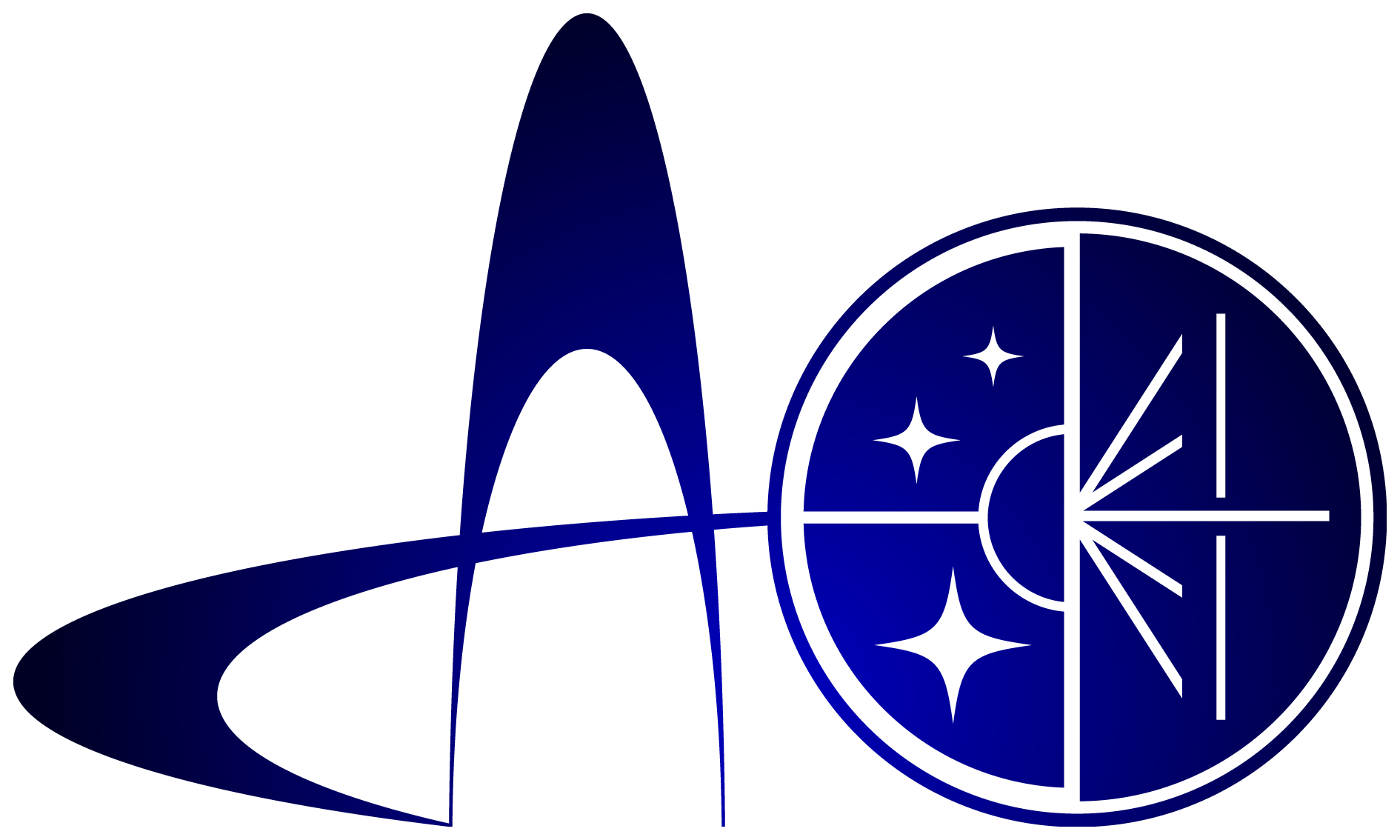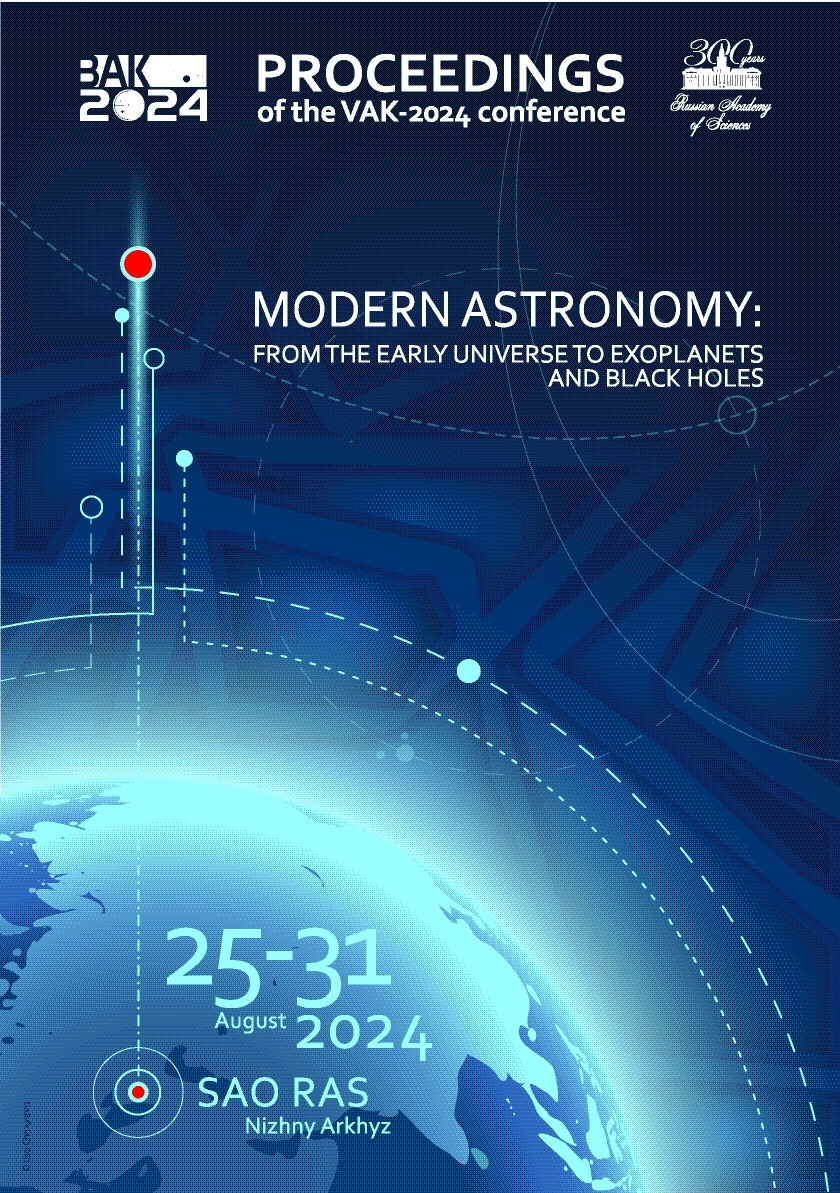УДК 523-52 Космогония. Происхождение Солнечной системы
УДК 53 Физика
УДК 520 Инструменты, приборы и методы астрономических наблюдений, измерений и анализа
УДК 521 Теоретическая астрономия. Небесная механика. Фундаментальная астрономия. Теория динамической и позиционной астрономии
УДК 523 Солнечная система
УДК 524 Звезды и звездные системы. Вселенная Солнце и Солнечная система
УДК 52-1 Метод изучения
УДК 52-6 Излучение и связанные с ним процессы
ГРНТИ 41.00 АСТРОНОМИЯ
ГРНТИ 29.35 Радиофизика. Физические основы электроники
ГРНТИ 29.31 Оптика
ГРНТИ 29.33 Лазерная физика
ГРНТИ 29.27 Физика плазмы
ГРНТИ 29.05 Физика элементарных частиц. Теория полей. Физика высоких энергий
ОКСО 03.06.01 Физика и астрономия
ОКСО 03.05.01 Астрономия
ОКСО 03.04.03 Радиофизика
ББК 2 ЕСТЕСТВЕННЫЕ НАУКИ
ББК 223 Физика
ТБК 614 Астрономия
ТБК 6135 Оптика
BISAC SCI004000 Astronomy
BISAC SCI005000 Physics / Astrophysics
The evolution of the orbits of bodies ejected from the Earth, Moon, Mercury and Mars was studied. The probabilities of collisions of ejected bodies with planets depended on ejection velocities, ejection angles and points of ejection. At a velocity of ejection close to the parabolic velocity, most of bodies fell onto the planet from which they had been ejected. Below results are presented not for such small ejection velocities. At ejection velocities about 12-14 km/s, the fraction of bodies ejected from the Earth that fall back onto the Earth was about 0.15-0.25. The total number of bodies ejected from the Earth and delivered to the Earth and Venus probably did not differ much. The probability of collisions of bodies ejected from the Earth with the Moon moving in its present orbit was of the order of 0.01. Probabilities of collisions of bodies ejected from the Earth with Mercury were about 0.02-0.08 at ejection velocities greater than 11.3 km/s. The probabilities of collisions of bodies ejected from the Earth with Mars did not exceed 0.025. For the ejection of bodies from the present orbit of the Moon, probabilities of collisions of ejected bodies with planets were similar to those ejected from the Earth if we consider smaller ejection velocities from the Moon than from the Earth. The probability of a collision of a body ejected from Mars with Mars usually did not exceed 0.04 at an ejection velocity greater than 5.3 km/s. The fraction of bodies ejected from Mars and collided with Mercury was typically less than 0.08. Probabilities of collisions of bodies ejected from Mars with the Earth and Venus were about 0.1-0.2 (each) at an ejection velocity between 5.05 and 10 km/s. Most of bodies ejected from Mercury fall back onto Mercury. Probabilities of collisions of bodies ejected from Mercury with the Earth typically did not exceed 0.02 and 0.1 at an ejection velocity less than 8 km/s and 15 km/s, respectively. The fraction of bodies ejected from Mercury and collided with Venus was greater than that with the Earth typically by an order of magnitude. Probabilities of collisions of bodies with Venus were about 0.1-0.3 at a velocity of ejection from Mercury between 4.3 and 10 km/s.
planets and satellites: terrestrial planets; meteorites, meteors, meteoroids
1. Gladman B.J., 1997, Icarus, 130, p. 228
2. Gladman B.J. and Coffey J.R., 2009, Meteoritics \& Planetary Science, 44, 2, p. 285
3. Gladman B.J., Burns J.A., Duncan, M.J., et al., 1995, Icarus, 118, p. 302
4. Gladman B.J., Burns J.A., Duncan M.J., et al., 1996, Science, 271, 5254, p. 1387
5. Gladman B.J., Dones L., Levison H.F., et al., 2005, Astrobiology, 5, 4, p. 483
6. Ipatov S.I., 2019, Solar System Research, 53, 5, p. 332
7. Ipatov S.I., 2024, Solar System Research, 58, 1, p. 94
8. Levison H.F. and Duncan M.J., 1994, Icarus, 108, 1, p. 18
9. Reyes-Ruiz M., Chavez C.E., Aceves H., et al., 2012, Icarus, 220, 2, p. 777
10. Wetherill G.W., 1984, Meteoritics, 19, 1, p. 1









